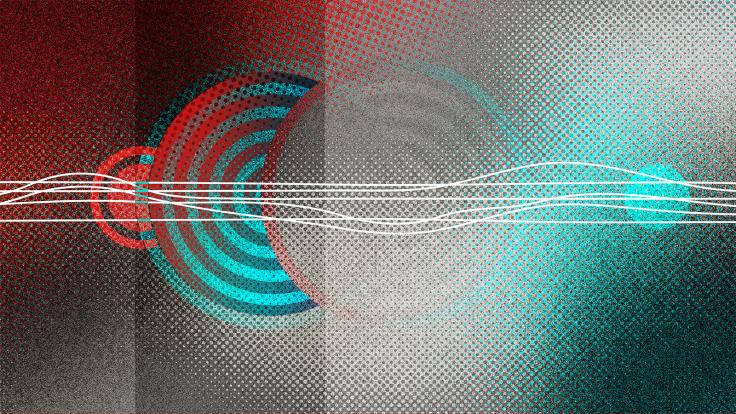Baryonic acoustic oscillations are sound waves from the early universe. Scientists have found a way to study these sound waves to learn more about the universe’s history and contents. Shortly after the big bang, when the universe was hot and dense, regions with greater concentrations of light and matter had higher pressure than others. Acoustic waves—governed by the same laws of physics that describe how sound travels to our ears—rippled outward from those high-pressure regions.
These waves carried ordinary (or “baryonic”) matter with them until the universe cooled enough for light to be able to travel freely. Theoretical calculations predicted that a faint imprint of their pattern should remain in the distribution of all the matter we see in the universe today.
In recent years, researchers have identified the distinctive pattern of these sound waves in maps of distant galaxies. The waves have a very well-understood size, about 500 million light years across. Looking at ever more distant galaxies and peering back in time, scientists can measure the angle of these waves on the sky. Simple geometry then determines how the universe itself has grown.
This method has provided important tests of the nature of dark energy, which is the dominant component of the universe today yet remains poorly understood. Scientists are currently planning new experiments that will measure the universe’s growth with unprecedented accuracy by exploiting these sound waves from the dawn of time.













